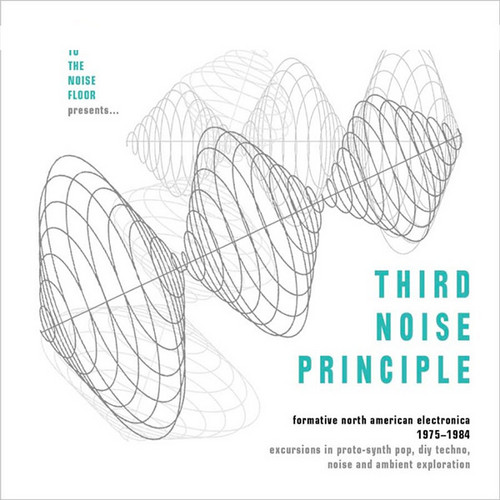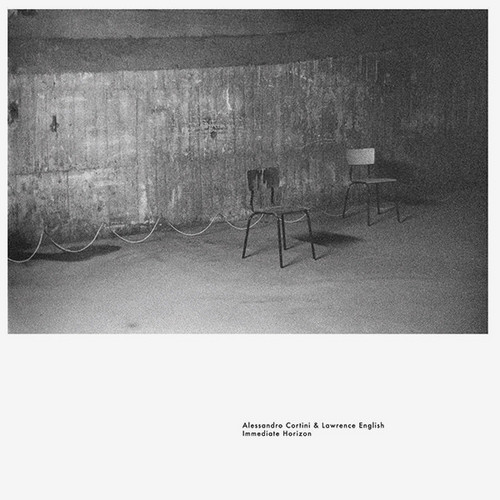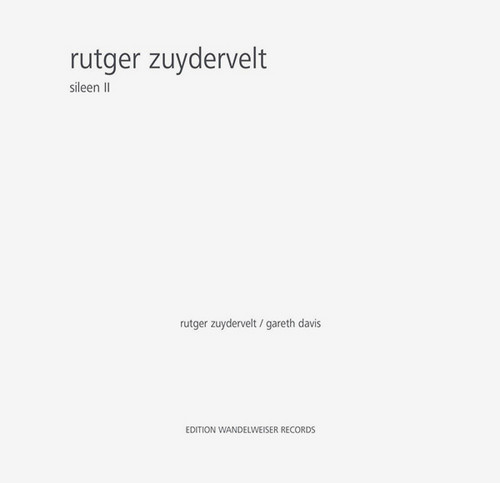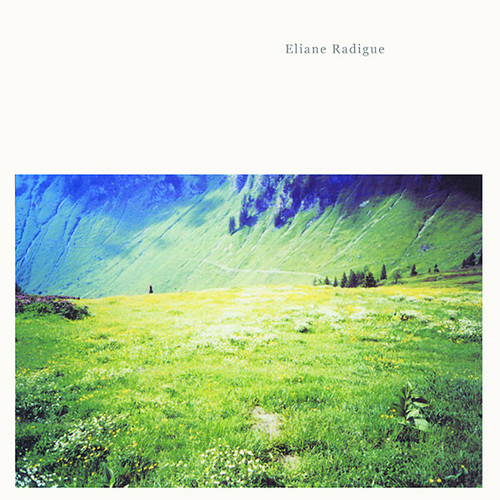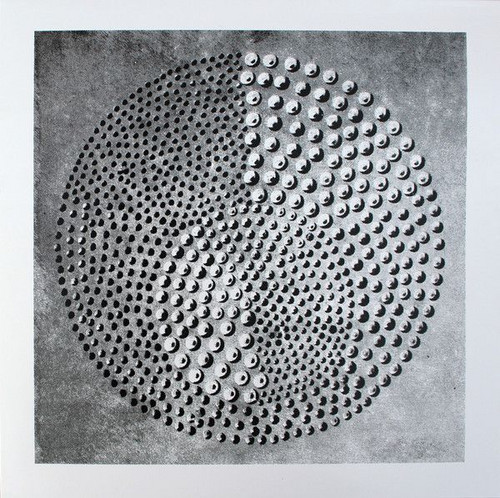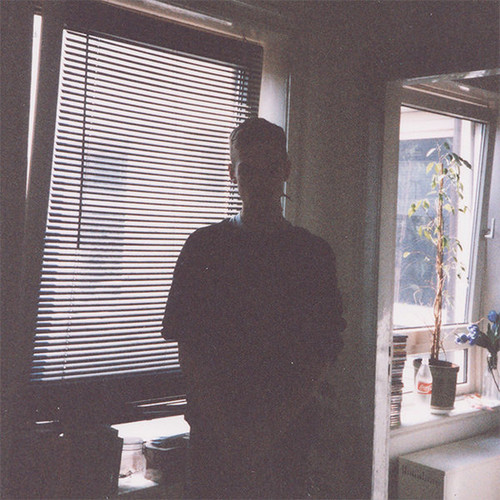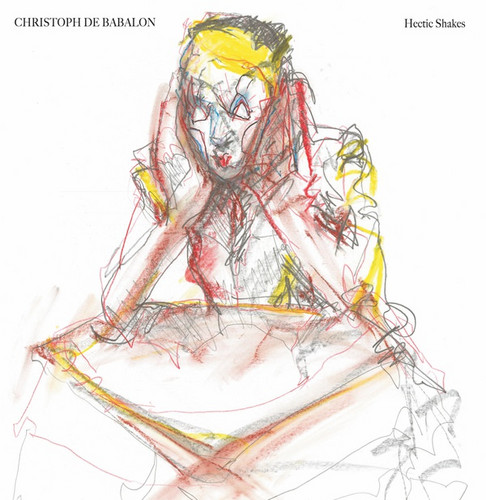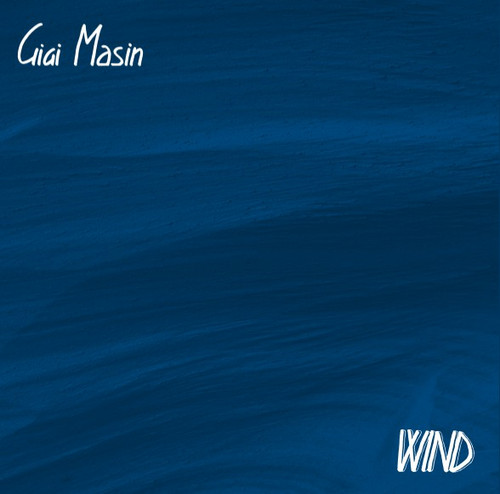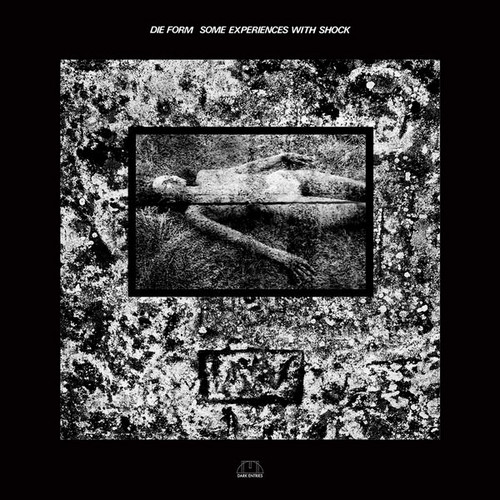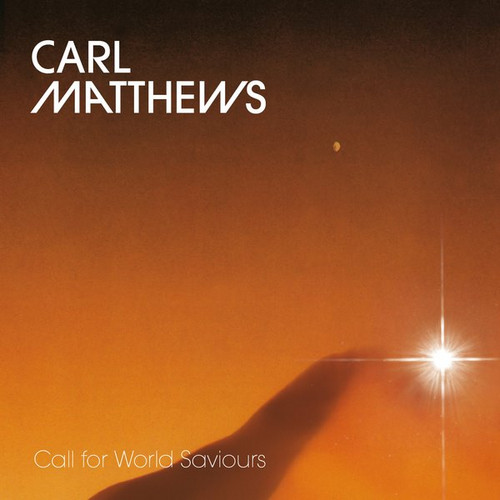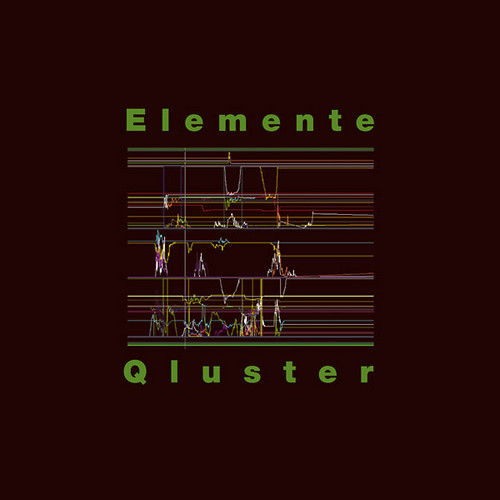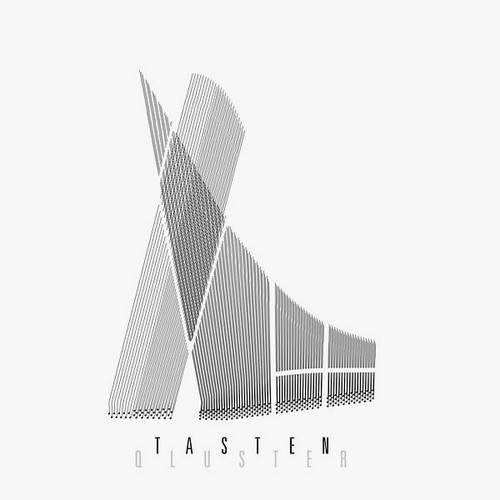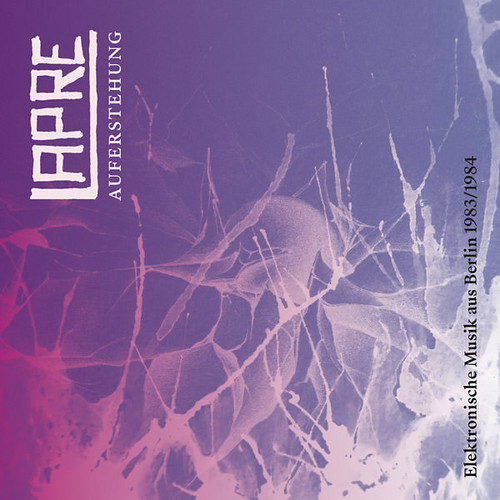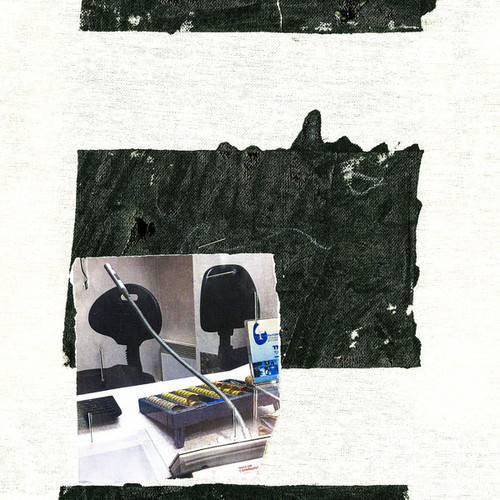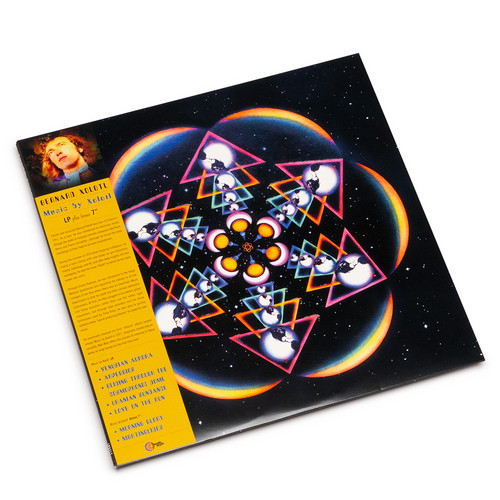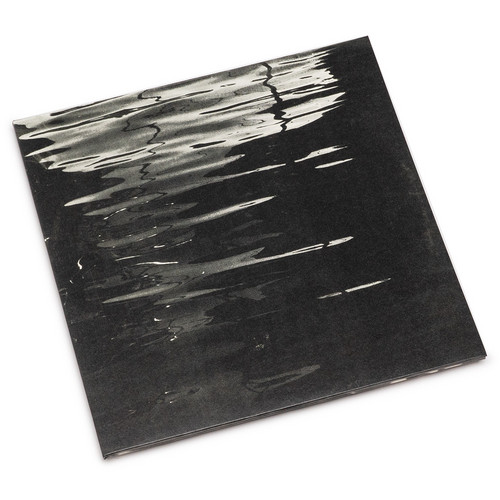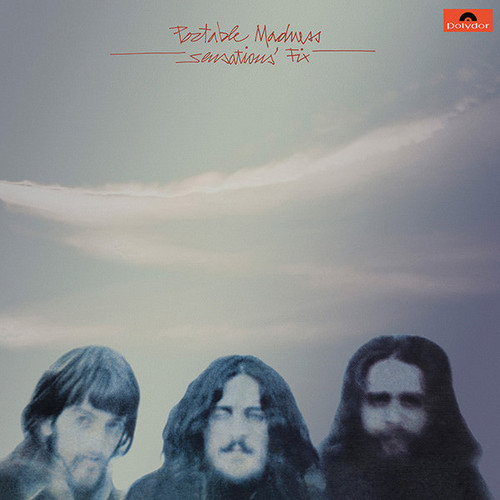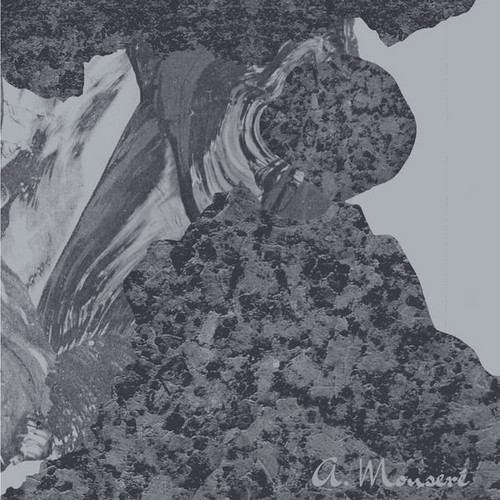Formative North American Electronica 1975 to 1984
Third Noise Principle, a four CD box-set that covers nine crucial years in the development of electronic music in North America. The huge tracklist doesn’t just stick to one area (e.g. academic electronics or the nightclub), but includes all kinds of different areas, from Smegma and Suicide to The Residents and Laurie Spiegel. Top value release. A fantastic entry in the Close To The Noise Floor series – one that looks at early American experiments with electronics – but from the DIY generation t…
Remixed 01
After their highly-acclaimed debut album Decadent Yet Depraved (R-M 178CD/LP, 2018), Berlin and LA-based producers Belief Defect invited a variety of artists to join their Remixed project. Remixed 01 is about transferring the pieces back into abstract space, and each remixer does it in his very own way. Alessandro Cortini's one-take live recording is a lesson in classical ambient music. Telefon Tel Aviv's remix is timelessly modern and extremely delicate sound design. Rather opposite concepts ar…
Immediate Horizon
Lawrence English and Alessandro Cortini issue Immediate Horizon,
a live recording, made at the premiere of the piece, held at Kraftwerk
in Berlin. Having become mutual admirers of each other's work; English
of Cortini's Sonno (HOS 412CD, 2014) and Cortini of English's Wilderness Of Mirrors
(RM 460CD, 2014), the pair were very pleased to receive an invitation
to collaborate together. Following a number of months exchanging
compositional ideas and materials, Cortini and English met in Berlin…
Sileen II
2018 release **
"An adaptation from "Sileen", a composition commissioned by Musica For The Festival Oortreders at Neerpelt, Belgium, 2016 performed with 50 members of a local music school; "Sileen II" was realized with only Gareth Davis on bass clarinet plus sounds from Machinefabriek, recorded in the same pitch and tempo as "Sileen', then slowed to half its speed and one octave lower. Stunning!"
Geelriandre / Arthesis
**Edition of 1000 copies**Eliane Radigue's Geelriandre / Arthesis is named for the pieces that fill its two sides. Geelriandre, realized on an ARP 2500 synthesizer in 1972, features Gérard Fremy on prepared piano. Arthesis, realized using the University of Iowa's Moog in 1973, comprises the full duration of side B. Eliane Radigue has received much deserved praise for her transcendent composiitions for tape, synthesizers, and acoustic instruments. Her work is deep, slowly changing, and timelessly…
Cyclide
Edition of 200. Maulex, the moniker of René Middelhede, has been floating around for the better part of the last decade, issuing a catalog of minimal, electronic wonders. Cyclide, his latest, co-released with the Phloq label, and limited to 200 copies with lovely silk screened covers, plunges further, and takes us deeper, into the composer's evolving practice in sound. Created entirely on a modular synth, the LP unfolds as a shimmering realm of ambience, texture, and complex structures - evolvin…
Exquisite Angst
If you're gonna go out, go out like a muthaf*cker". A Colourful Storm presents Exquisite Angst, a collection of Christoph de Babalon's most hardcore, abyssal and mutant creations of his haunting past. A blown-apart, mangled depiction of muck, grime and breakbeat-drone, its tracks parallel the timespan and isolated madness of the If You're Into It, I'm Out Of It (CFET 016LP, 2018) recording sessions. Bleeding, darkside breakcore/jungle reconstructions that draw no comparison; there's a reason why…
Hectic Shakes
Alter follow on from the bilingual dark ambient theatricals of Liberez with this four track EP from veteran Hamburg producer Christoph De Babalon. As an affiliate of Digital Hardcore, Fat Cat and the recently founded V I S, CDB has tirelessly explored the intersections of breakcore, illbient and drum and bass. His work is at once uncompromising yet stylish – broken, punishing rhythms collide with dreary, doom-laden melodies and those eerie in-between spaces of vintage Unit Moebius or Deutsch Nep…
Wind
2019 super limited repress. Italian electronic musician Gigi Masin's much sought-after 1986 first album, Wind, restored and remastered from the original tapes. Never commercially released, the LP was only given away at a number of small concerts, with many of the remaining copies destroyed during floods in the Venice-based musician's house. Quickly gaining recognition as something of a landmark ambient album in recent years, Wind is now lovingly presented again in its entirety. True to its origi…
Some Experiences With Shock
With ‘Some Experiences with Shock’, originally issued in 1984, Die Form return to sadistic pleasures. The album is a rare example of medical music, horribly sordid moreover, adding a more extreme dimension to their work. The first side, “Survival & Determination”, contains 7 tracks recorded in studio with analog equipment are the direct realization of previous works. In contrast the second side, “Lacerations & Immolation”, contains 5 songs improvised in the fever of paramedical oppression, with …
Call For World Saviours
LP version. Bureau B presents a reissue of Carl Matthews' Call For World Saviours, originally issued in 1984. Mesmerizing DIY electronic music from Cumbria, UK, influenced by the Berlin School but even more by Tim Blake, Call For World Saviours was originally released 1984 on cassette only; this is this music's first time on CD and vinyl. "Carl Matthews is by no means immune to the maelstrom of geocaching notebooks. Krautrock (tick), guerrilla DIY cassette-era artist (tick), under-rated UK elect…
Elemente
LP version. Includes CD. Elemente -- album number seven from the third incarnation of the legendary krautronic project Kluster/Cluster springs a surprise with a minor sensation: sequencer lines. Using an array of exclusively analogue instruments, Hans-Joachim Roedelius, Onnen Bock, and Armin Metz have recorded eight tracks which, at one and the same time, are intrinsically hypnotic and sublimely beautiful. In principle, Elemente was created in much the same fashion as earlier Qluster albums: the…
Tasten
LP version. Includes CD. The artists: Hans-Joachim Roedelius (piano), Onnen Bock (piano), Armin Metz (piano). The music: minimalist, spherical sounds by three grand pianos. Introverted, minimalist "classical" music has reached full bloom as devotees of the neo-classical movement flock to see the likes of Nils Frahm, Ólafur Arnalds, and Chilly Gonzales. One pioneer of the resurgence in minimal piano music is Hans-Joachim Roedelius, best known as a member of the avant-garde electronic combo Cluste…
Auferstehung: Elektronische Musik aus Berlin 1983/1984
LP version. In 1983, electronic musician Rudolf Langer (Tyndall) and guitarist Peter Preuß teamed up to form a duo by the name of LAPRE (LAnger + PREuß). Aligned with the second generation of the Berlin School, their output is incredibly varied: from repetitive sequencer patterns via playfully cheerful synth pop all the way to atmospheric, hypnotic minor key expanses. It's all there. By 1984, LAPRE had released two tapes and a 12" vinyl. Bureau B's compilation presents the most compelling tracks…
Eurosouvenir
Edition of 300. Collapsing Market co-founder Eszaid sums up the mood of a Europe on the brink with ‘Eurosouvenir’, a raw and gloomy debut album inspired by the metaphoric symbolism of 0€ banknotes found at tourist hotspots across the continent. Highly recommended if yr into Ron Morelli, Pan Sonic, Rainforest Spiritual Enslavement... Leading on from Collapsing Market’s celebrated release of Persian Classical music by Morteza Hannaneh in 2017, ‘Eurosouvenir’ further examines Eszaid’s fascination w…
Shared Meanings
individually stamped edition of 400 copies. This sampler 12” includes Mumdance & Logos’ massive
‘Teachers’ alongside zingers from Nkisi,Peder Mannerfelt, Caterina
Barbieri and Space Afrika. On a dance tip, Mumdance & Logos pay
tribute to a Chicago convention on ‘Teachers’, listing a roll-call of
influential UK artists, DJs, labels and clubs in a style most famously
deployed by Daft Punk, while Nkisi comes fiercely correct with the
swingeing Congolese techno rolige of ‘Kinega’, and Peder Ma…
Music By Xolotl
Edition of 500. First ever vinyl edition of the amazing Music By Xolotl, originally issued only on cassette by Unity Records in 1978. Painter and musician Bernard Xolotl was born in France in 1951. As a teen, he was introduced to electronic music through the works of musique concrete composers like Pierre Henry and Pierre Schaeffer, although he found the early recordings of Pink Floyd to be more inspirational.During the summer of 1970 while stopping in Belgium, he found a vast Library with rare …
Ambiances / Images
This reissue documents Knud Viktor’s only two releases on record – Images and Ambiances – both released in 1972 on the french label L’Oiseau Musicien. These records have long been out of print and are hereby made available again, gathering the two separate albums on this double-release. Mstered and produced by Jonas OlesenThe utmost care has gone into creating a reproduction that is as faithful as possible to the original works. These have been transferred from the original analog master tapes a…
Portable Madness
Listening today to the music produced by Sensations' Fix, a project founded and directed by Franco Falsini in '70s, can't just leave anyone indifferent. Already in the mid-'60s, Falsini was full-time involved in musical activities: a tireless traveler and experimenter, an artist with uncommon curiosity and intuition, after having lived for some time in the United States and England, he finally established again in Italy where he gave shape to Sensations' Fix and signed a contract with Polydor fo…
Happiness Is Within Sight
A spellbinding ode to love lost, and possibly to be gained, from Belgium’s Annelies Monseré, one of the few contemporary artists to release new recordings amid Stroom’s classic reissue schedule - although you’d hardly tell from the timeless, ghostly quality of her signing and gothic backdrops. Described by Ziggy Devriendt’s (a.k.a. DJ Nosedrip) label as “…a record about a parting of ways. It is dedicated to the one who has been left behind and the one who left” the latest LP from Annelies is unm…
